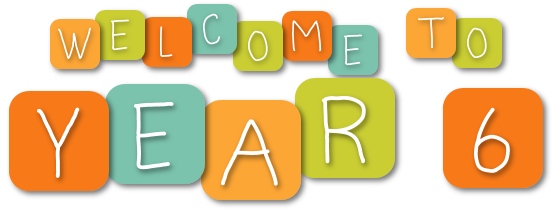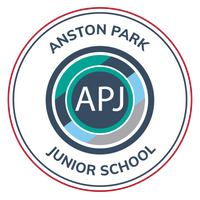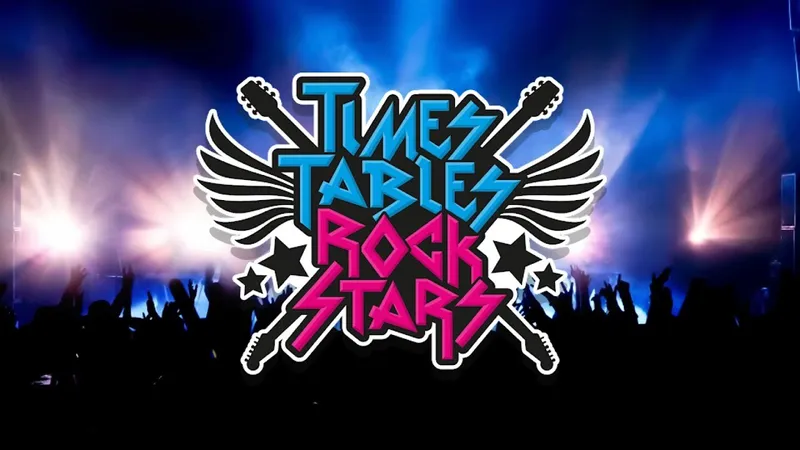
Welcome back! We hope you've had a lovely Easter break and a well earned rest. We are looking forward to the term ahead!
Below, is all of the information about the upcoming topics we will be studying over the next term. Have a look around!
If you have any queries, please don't hesitate to speak to the class teacher either in a morning before or after school.
Alternatively, you can contact school via email: enquiries@anstonparkjuniors.co.uk
The Year 6 Team:
|
Teachers Mr Collington - 6C Miss Martin - 6M Mrs Corbiere (Maths and Reading) |
Teaching Assistants Mrs Bloomfield |
Novels:
Over the year, we will be studying a range of different books in English.
We are currently reading:
Island A Story of the Galapagos by Jason Chin

So far we have also read:
Star of Fear, Star of Hope by Jo Hoestlandt and Erika's story by Ruth Vander Zee
Can we save the Tiger? by Martin Jenkins
The Selfish Giant by Oscar Wilde
At the end of the day, we have also enjoyed reading Beyond the Bright Sea during story time.
Wider Curriculum:
Below is our long term plan for the foundation subjects.
This shows the topics that will we cover across the different half terms.
Below, you will find more information about the key questions we will be answering this term across the different subjects. As well as key vocabulary, content and useful links.
History - The Maya Civilisation
Why should we remember the Maya?
During this unit, we will:
explore the world of the Maya, and debate whether they should continue to be remembered today as a significant culture. We will begin by learning about the lives of the Maya today, before focusing on ancient Maya architectural achievements, their religion and surviving writings. We will also study the possible reasons why the Maya city states declined after 900 AD, looking at conspiracy theories and considering whether everything they read online is reliable. We will consider the issues faced when studying a culture where only limited types of evidence are available, predominantly archaeological evidence.
- Establish clear narratives within and across the periods studied so far.
- Regularly address historically valid questions about similarity and difference and significance.
- Construct informed responses that involve thoughtful selection and organisation of relevant historical information.
- Understand how our knowledge of the past is constructed from a range of sources.
- Note connections, contrasts and trends over time.
- Develop the appropriate use of historical terms.
- Address and devise historically valid questions about change, cause and significance.
Key Vocabulary:
| culture | technology | glyphs | agriculture |
astronomy |
| calendar | interpretations |
trade |
climate change | theory |
| scribe | significance | pagan | conquer |
codex |
Useful links:
https://www.bbc.co.uk/bitesize/topics/zq6svcw
https://school-learningzone.co.uk/key_stage_two/ks2_history/world_history/the_mayan_civilisation/the_mayan_civilisation.html
https://kids.britannica.com/kids/article/Maya/353445
https://www.funkidslive.com/learn/top-10-facts/top-10-facts-about-the-mayans/
l
Science - Classifying Living Things
During this unit, we will:
revisit the concept of grouping living things from Year 4 by looking at the classification system in more detail. First, we will revisit our knowledge of
classification and creating keys, before developing our knowledge by looking at fungi and bacteria. We will also look at the work of Carl Linnaeus, the scientist who first made important the function of naming and classifying to ‘identify’ organisms.
- Describe how living things are classified into broad groups according to common observable characteristics and based on similarities and differences, including microorganisms, plants and animals.
- Give reasons for classifying plants and animals based on specific characteristics.
- Plan different types of scientific enquiries to answer questions, including recognising and controlling variables where necessary.
- Record data and results of increasing complexity using scientific diagrams and labels, classification keys, tables, scatter graphs, bar and line graphs.
Key Vocabulary:
| amphibian | bacteria | classification | fungi |
invertebrate |
| kingdom | mammal | microbe | mould |
photosynthesis |
| species | vertebrates | organism | flora |
genus |
Useful links:
https://www.bbc.co.uk/bitesize/articles/zyt2jsg
https://kids.britannica.com/kids/article/Carolus-Linnaeus/625446
https://kids.britannica.com/kids/article/microorganisms/476296#:~:text=Microorganisms%20are%20living%20things%20that,molds%20are%20examples%20of%20microorganisms.
https://www.childrensuniversity.manchester.ac.uk/wp-content/uploads/2022/05/Micro-organisms-accessable.pdf
spa
Homework:
As part of our wider curriculum, children can also choose to complete homework from our homework menu (see below). This is optional, however, it will be enjoyable for the children and it will allow them to take their learning further and share it with you at home. Once any tasks have been completed please bring them into school and we will do our best to display as many of them as possible.
We would love to see how creative you can be and display your hard work for all to see.
Reading is an essential part of the curriculum and opens up many other curriculum areas. We expect children to read at least three times a week at home. Some children may choose to read independently, which is completely fine, but it is also helpful for adults to check children understand the vocabulary within the text and understand the content of what they are reading.
Children need to spend time at home practising their times tables. In Y6, children need to have rapid recall of all times table facts up to 12x12 as well as associated division facts (e.g. 5x6=30 so 30÷6=5). Children can prepare for the times table challenge and aim to achieve their best times. Don't forget to visit the Times Tables Rock Stars website to help them practise their tables and earn coins to promote their band! It is their challenge this year to top the leader board and help their band to win the Battle of the Bands.
These are the list of statutory words that children need to be able to read and spell by the end of Year 6. The more you practise the more you will know! You could practise these words at home by handwriting them, asking an adult to test you or using some of the spelling strategies we have learnt in school.
P.E. Times:
Both classes have P.E. on a Thursday and Friday afternoon.
Children should come to school in their PE kits on these days.
Indoor Kit = white t-shirt or polo shirt (no football shirts), black shorts and suitable shoes (pumps or trainers)
Outdoor Kit = black tracksuit bottoms and warm jacket and shoes suitable for the outdoors (trainers)
Please remember that no jewellery should be worn and earrings MUST be removed by children for any PE session. Long hair needs to be tied back. Also, no football shirts should be worn for P.E.
SATs Presentation
Here is the presentation from 10/2/25.










